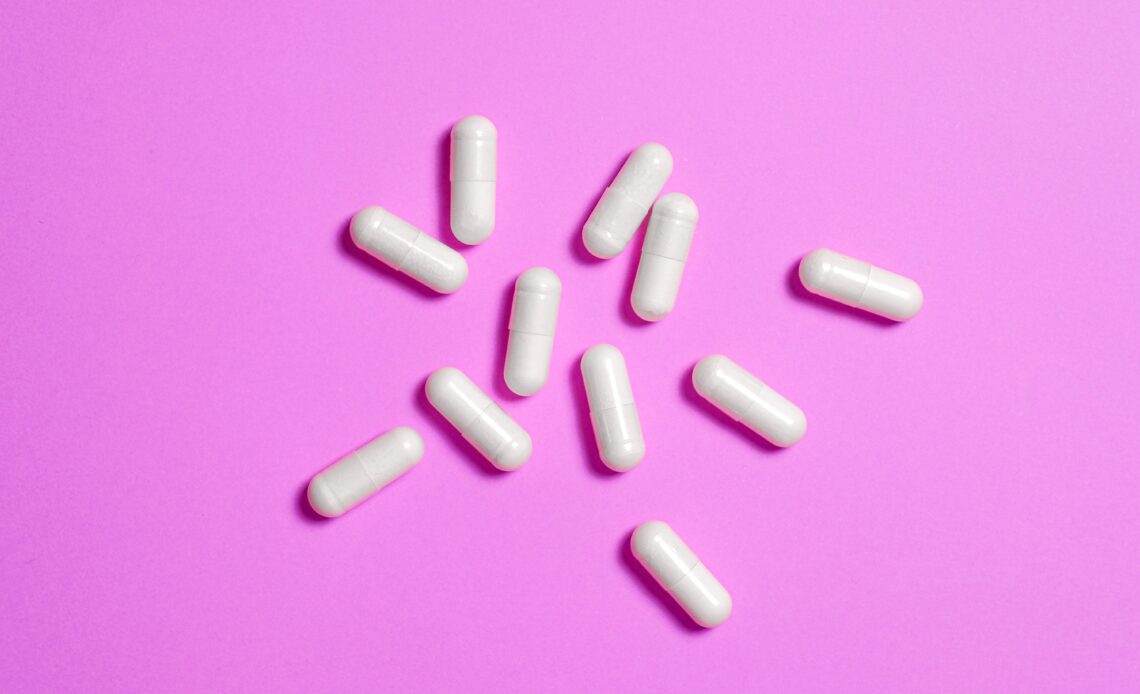
BPC-157 is a subtype of the protein more often referred to as the body protection compound (BPC). Experiments on animals have suggested that the component BPC produced naturally may speed up the healing process in damaged tissues. It suggests that BPC may produce comparable impacts in various tissues and is may not be strictly active in repairing and mending the intestinal lining. Studies conducted in laboratories on animals have led researchers to speculate that the growth hormone (GH) may be responsible for at least some of the healing impacts of this substance.
BPC-157 Petide and Healing
Body protection compound (BPC) is the scientific name for the naturally occurring protein that contains the BPC-157 component. BPC was first extracted from juice from the stomach, but it has since been discovered in other areas, such as the skin and the liver. Previous studies on animal subjects have suggested that BPC 157 may contribute to healing. Recent studies on animals are beginning to elucidate some of the biological processes behind this phenomenon.
BPC 157 Peptide and Cell Proliferation
The results of in vitro investigations suggest that BPC 157 may increase fibroblast viability and longevity. Studies suggest that when BPC 157 is present, fibroblasts appear to have an approximately 1.5x greater chance of surviving. In addition, those cells are believed to be healthier and more active, making them more capable of performing their designated repair processes.
BPC-157 Peptide and Fibroblasts
Most connective tissue (bones, tendons, muscles, gastric mucosa, skin, etc.) contains motile cells called fibroblasts. Fibroblasts move around in their environment. After a tissue has sustained an injury, fibroblasts will go to the location of the damage to initiate the process of tissue restoration. They also divide and replicate (outgrowth) to boost the total number of fibroblasts available for healing damaged tissue.
The findings of research conducted in vitro purport that the concentration of BPC 157 may directly influence the migration of fibroblasts. Research suggests that an increased number of fibroblasts may be identified in regions with the greatest levels of BPC 157.
Data suggests that BPC 157 is not only an attractant but may also induce fibroblast migration at a pace that is approximately 2.5x quicker than controls. Findings imply that not only do the cells move in response to changes in BPC 157 levels, but they may also reproduce as a result of these changes. Investigations purport that when BPC 157 is present, fibroblast outgrowth appears nearly a threefold increase.
BPC-157 Peptide and Genetic Material
Studies conducted in the past on animals suggested that BPC-157 may regulate the activities of collagen fragments by enhancing the activity of fibroblasts. Fibroblasts are the cells that are responsible for the deposition and maintenance of collagen. More recent studies suggested that BPC 157 may impact fibroblasts by upregulating the expression of the GH receptor gene. These studies were conducted on animal research subjects. In other words, BPC 157 is believed to interfere with how DNA works.
In addition to their presence in the gut, fibroblasts may also be discovered and are active in other body parts. Connective tissue is where they appear to manifest their most notable activity. Scientists propose that through an increase in the density of GH receptors, the GH response may be increased when BPC-157 is given to wounded connective tissue. Because of this, even when physiologic levels of GH are normal, more cells are drawn to the site of damage, and as a consequence, the healing process may proceed at a quicker pace. Further testing and investigating BPC-157’s potential impacts have suggested additional positive outcomes.
BPC-157 Peptide Research
BPC 157 has been suggested to hasten the healing process in various injuries sustained to animal research models, ranging from inflammatory bowel disease to tendon and muscle transections, as per the findings of several investigations. Research conducted in 2014 on rats proposed that enhanced GH receptor expression in wounded tissues presented with BPC 157 may be responsible for at least some of the healing responses that may occur as a consequence.
The process of normal tissue repair is dependent on the presence of several growth factors. Insulin-like growth factor, platelet-derived growth factor, transforming growth factor beta, and growth hormone are examples of these growth factors. The severity of the injury and the kind of tissue that was damaged both play a part in determining each element’s responsibilities in the recovery process. GH, for instance, plays a significant role in regenerating connective tissues such as skeletal muscle, bone, cartilage, ligaments, and tendons. It has been suggested that it may raise the level of collagen secretion, a protein that acts as the framework for various connective tissues. Findings imply that BPC-157 for sale may potentially boost its effects and hasten the healing process thanks to its alleged ability to stimulate the recruitment of GH to injured tissue.





